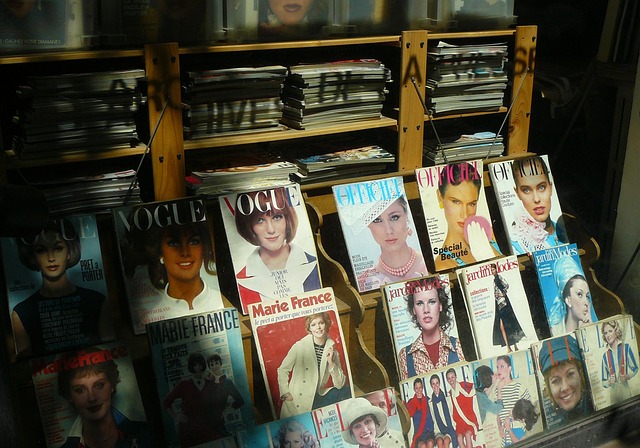Course Description
The Journalism and Media Communications course consists of three units: Journalism, Media Communications, and Fundamentals of Photography and Video Shooting. Each block consists of theoretical lessons and creative assignments, which are checked by tutors.
In the block devoted to journalism, you will learn how to write high-quality texts. Reportage, interview, note – these concepts will be filled with meaning, you will be able to create journalistic texts in different genres, learn to write in a structured way, observing the rules of composition and logic. We will consider what sources of information there are, which of them can be trusted, and we will see by examples what facts on the contrary need to be rechecked. We will talk about how the media economy is structured and discuss the future of the print press, television, and radio.
After the block on media communications you will not only learn about existing media formats, but also create your own project that you can include in your creative portfolio. You will learn how to tell stories using infographics, interactive maps, timelines and other tools. The tutor will tell you how to be guided not only by your creative vision, but also by the needs of the audience you are making the project for.
The photography and video classes will help you create the visual component of your projects. We will look at photography and video not only as separate art forms, but also as a way to communicate with the viewer. Of course, there will be a lot of practice, we will go all the way from preparation of the picture to processing of photos and creation of a video.
Three reasons why you should choose an online journalism and media communications school:
- Enthusiastic instructors. Classes are taught by professional instructors and practitioners.
- Flexible format. You can study materials and do assignments anywhere at any time. Tutors will give detailed comments on your work and help you pass the course at your own pace.
- Certificate. On successful completion of the course you will receive a certificate, which is taken into account when evaluating your portfolio for admission to the Journalism and Media Communications educational programs.
The course lasts 32 weeks and includes:
- 30 classes consisting of video lectures, supplemental materials and self-assessment tests
- 27 creative exercises, with the possibility to get detailed feedback from a tutor
- 6 online webinars on the analysis of creative works and preparation for the entrance examinations
- 2 tests in the format of the entrance exams.
- Support and regular communication with teachers on the forum
Access to the materials of the classes is open from October to May inclusive. After completion of training access to materials closes.
Course programme
1 module
- Introduction to media communications
- Journalism as a profession
- Modern technology in the media
- Sources of information and methods of working with them
- Basics of media marketing
- Genres of journalism
- Introduction to Photography. Basics of Composition
- Exposure. Configuring Your Camera
2 module
- How to write news
- Basics of Storytelling
- Storytelling data/technology
- Videotaping. Basic terms
- Media projects. Genres and formats
- Accent and associative editing
- Multimedia content and creation tools
- Interviews as a genre of journalism
3 module
- Editing, gluing, rhythm
- State of the modern media market
- Photography and videography. Lighting .
- Media management
- Color correction
- Retouching
- Reportage as a genre of journalism
- Factchecking
4 module
- Work in editing programs
- Reviewing video content on different platforms
- Opinion review: principles of selection of sources and experts
- Media trends
- The media system
- History of Journalism and the Media
- Preparing for the entrance exams
- Final Control


